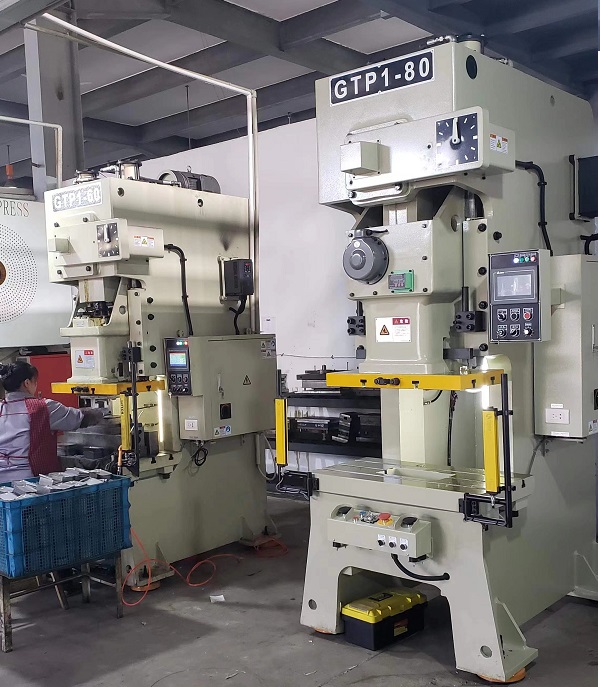Stamping parts can be seen in almost all areas of life.With the development of science and technology, automobiles have entered thousands of households, and about 50% of auto parts are stamped parts,such as hood hinges, car window lift brake parts, turbocharger parts and so on.Now let’s discuss the stamping process of sheet metal.
In essence, sheet metal stamping only has three parts: the sheet metal, the die, and the press machine, although even a single part may go through several phases before taking on its final shape. A few typical procedures that might take place while metal stamping are explained in the tutorial that follows.
Forming: Forming is the process of forcing a flat piece of metal into a different shape. Depending on the part’s design requirements, it can be done in a number of different methods. The metal can be transformed from a reasonably straightforward shape into a complex one by a series of processes.
Blanking: The simplest method, blanking begins when the sheet or blank is fed into the press, where the die extrudes the desired shape. The final product is referred to as a blank. The blank may already be the intended part, in which case it is said to be a fully finished blank, or it may go to the next step of forming.
Drawing: Drawing is a more difficult process that is used to create vessels or large depressions. To modify the material’s shape, tension is utilized to delicately drag it into a cavity. Although there is a chance that the material will stretch while being pulled, experts work to minimize stretching as much as possible to preserve the integrity of the material. Drawing is typically used to create sinks, kitchenware, and oil pans for vehicles.
When piercing, which is nearly the reverse of blanking, technicians use the material on the outside of the punctured region rather than keeping the blanks. Consider cutting biscuits from a rolled-out dough circle as an illustration. The biscuits are saved during blanking; however, when piercing, the biscuits are thrown away and the hole-filled leftovers constitute the desired result.
Post time: Oct-26-2022

